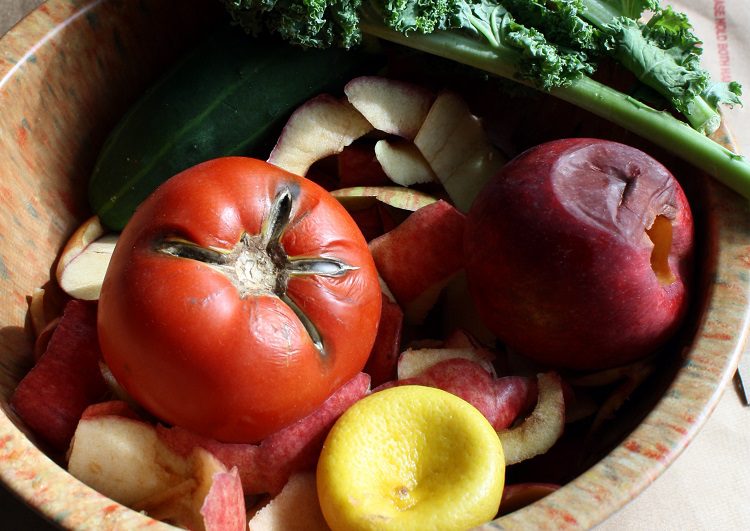Don’t try to use these food scraps
May 10, 2021 by DarcieCookbooks like Cooking with Scraps by Lindsay Jean-Hard, Scraps, Wilt & Weeds by Mads Refslund and Tama Matsuoka Wong, and the forthcoming Cook More, Waste Less by Christine Tizzard all address the issue of combatting food waste by making use of things you would normally discard. These items include carrot and other vegetable tops, fruit and vegetable peels, and aquafaba, to name just a few. The goal of reducing food waste (and therefore your carbon footprint) is laudable, but there are some scraps that you shouldn’t eat, according to the website Well + Good.

Some foods contain compounds that can make you sick, like rhubarb leaves, which contain oxalic acid (known to cause kidney stones) and apple cores and cherry pits, which have trace amounts of a cyanide compound. While you would have to eat a lot of apple seeds or cherry pits to become ill, it is better to err on the safe side. While I had heard about those items before, I had not known that mango skins contained urushiol – the same chemical that is found in poison ivy and which can give you a nasty skin irritation.
The article lists a handful of other scraps to avoid. The good news is that the list of potentially unsafe items is short and you can find a use for almost all of the peels, leafy tops, and other scraps. I recently learned that if you freeze bananas in their skins for use in banana bread, you can whizz the whole thing up in the food processor and use the entire banana. I just tossed some seriously speckled fruit into the freezer for just that purpose.
Categories
- All Posts (6940)
- Antipasto (2135)
- Author Articles (247)
- Book News (935)
- Cookbook Giveaways (983)
- Cookbook Lovers (257)
- Cooking Tips (109)
- Culinary News (299)
- Food Biz People (552)
- Food Online (791)
- Holidays & Celebrations (272)
- New Cookbooks (149)
- Recipes (1500)
- Shelf Life With Susie (231)
- What's New on EYB (133)
Archives
Latest Comments
- eliza on What foods do you look forward to the most for each season?
- kmwyman on Rooza by Nadiya Hussain – Cookbook Review and Giveaway
- Maryd8822 on The Golden Wok – Cookbook Giveaway
- Dendav on Danube Cookbook Review and Giveaway
- sanfrannative on Rooza by Nadiya Hussain – Cookbook Review and Giveaway
- darty on Danube Cookbook Review and Giveaway
- Atroyer7 on Danube Cookbook Review and Giveaway
- demomcook on What foods do you look forward to the most for each season?
- demomcook on Danube Cookbook Review and Giveaway
- Darcie on How cookbooks can help build resilience